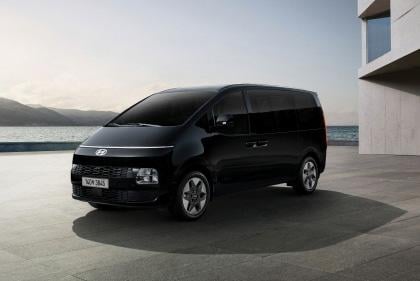

Damion Smy
2026 Hyundai Staria update launched in Korea, due in Australia next year
5 Days Ago
There's a new bus in town. The all-new Staria rides on a version of the Santa Fe platform, offering the latest tech and features. But is it any good?
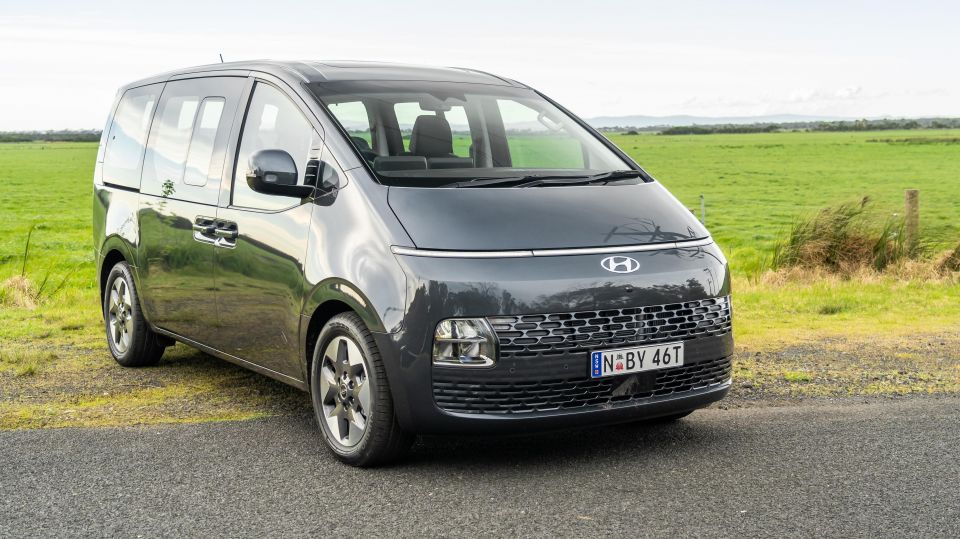
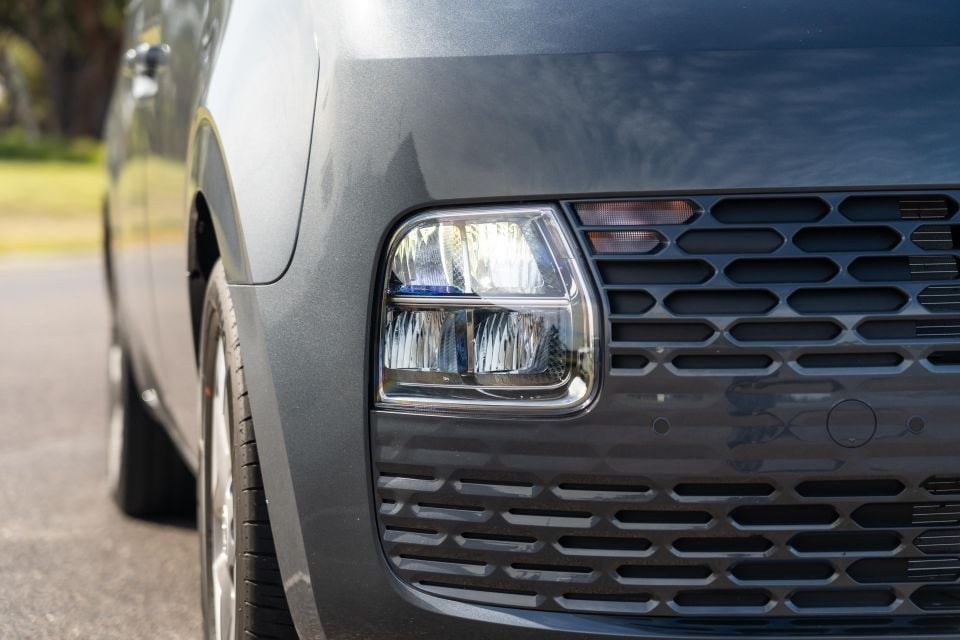

Founder

Founder


Founder

Founder
Where expert car reviews meet expert car buying – CarExpert gives you trusted advice, personalised service and real savings on your next new car.
The first time I saw the 2022 Hyundai Staria in pictures, I got immediate Robocop vibes – a good thing if you grew up on Robocop like I did.
While it may seem just like any other van or people mover, Hyundai has put a lot of effort into engineering the Staria to feature all the latest safety and engine technology from the Santa Fe.
Why? The Staria uses a version of the Santa Fe platform, which means it should offer most features available in the Santa Fe. That means everything from safety tech through to the potential of hybridisation.
So, it has incredible styling, but does it do the van things right?
The 2022 Hyundai Staria range is priced from $48,500 plus on-road costs for the entry-level Staria 3.5 front-wheel drive.
The entire range can be had with either a 3.5-litre petrol V6 mated to front-wheel drive, or a 2.2-litre turbocharged four-cylinder diesel exclusively mated to all-wheel drive.
At the top of the tree is the variant tested here, the Staria Highlander 2.2D all-wheel drive. It’s priced from $66,500 plus on-roads, pitting it head-to-head against its Kia Carnival cousin.
There are six colours available with all but black costing an additional $695.

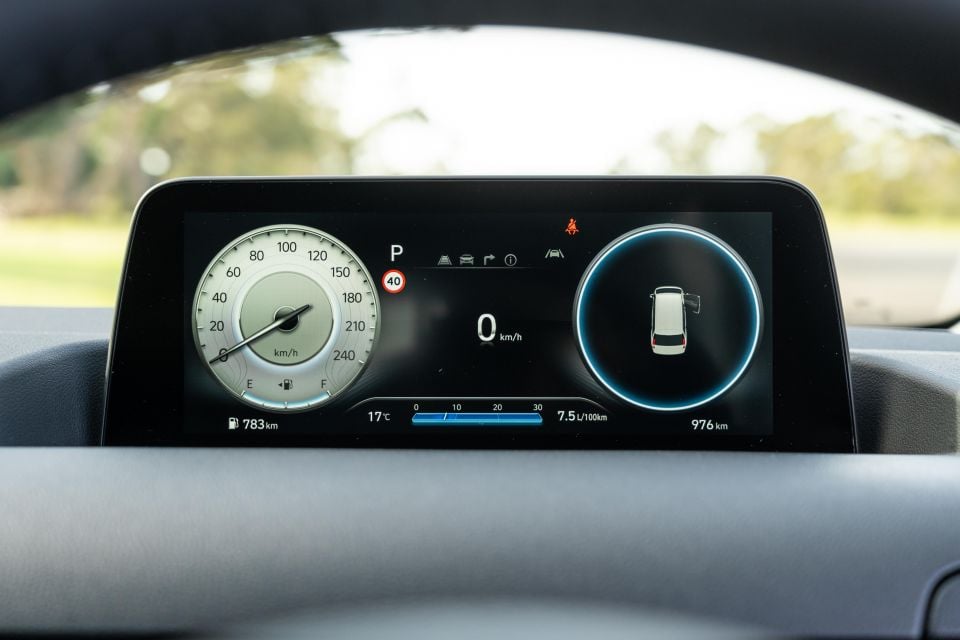
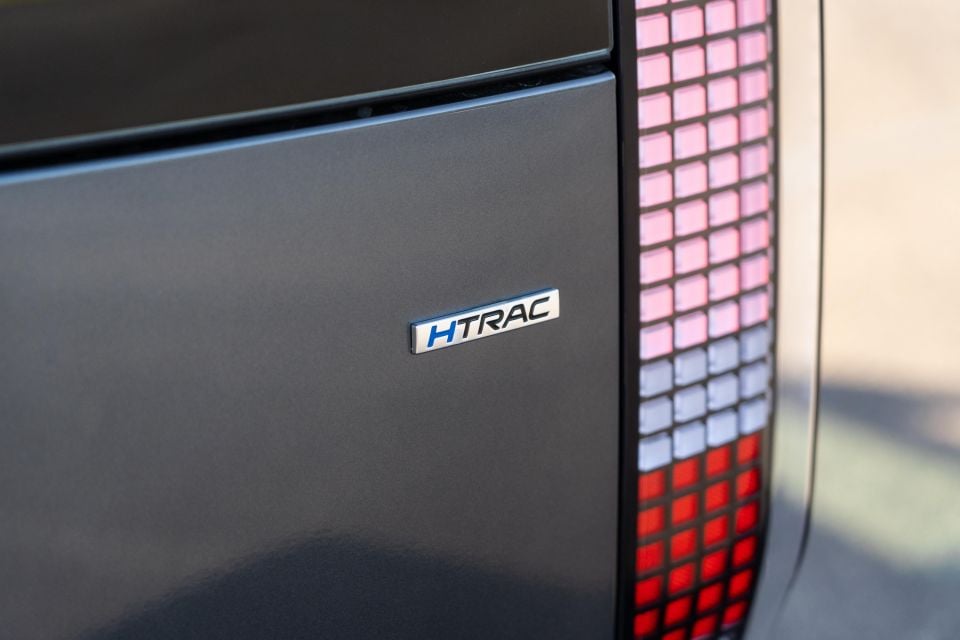
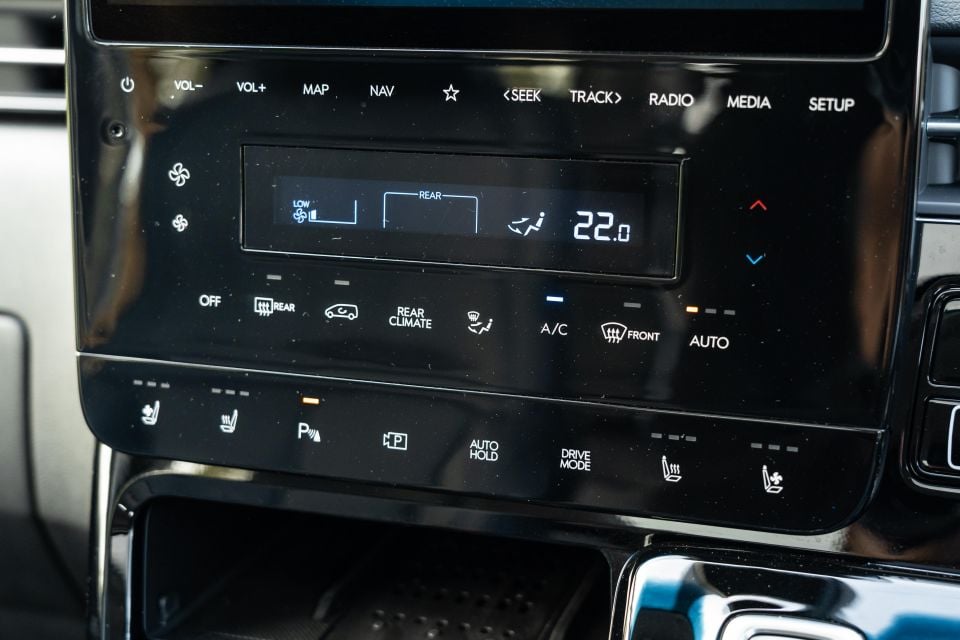
Buy your new car without the stress. It's fast, simple and completely free.

Great service from Travis and team, second time I have used this business would not hesitate to recommend them to anyone
Craig C.
Purchased a Ford Ranger in Sunshine Coast, QLD
CarExpert helped Craig save thousands on his Ford Ranger, now let us save you on your next new car.
Find a dealThe top-specification Staria Highlander is equipped with all the bells and whistles.
On the outside you’ll find 18-inch alloy wheels, auto LED headlights, LED daytime running lights, automatic wipers, proximity key entry, keyless start and a power tailgate.
Inside the cabin there are heated and cooled seats for the first row, a heated steering wheel, seating capacity for eight passengers, dual 10.25-inch displays, Apple CarPlay and Android Auto (wired), power sliding doors, electric seat adjustment and six-speaker stereo.
Outside of premium paint colours, the only other options are beige/black or blue/black two-tone leather, which comes in at an additional $295.
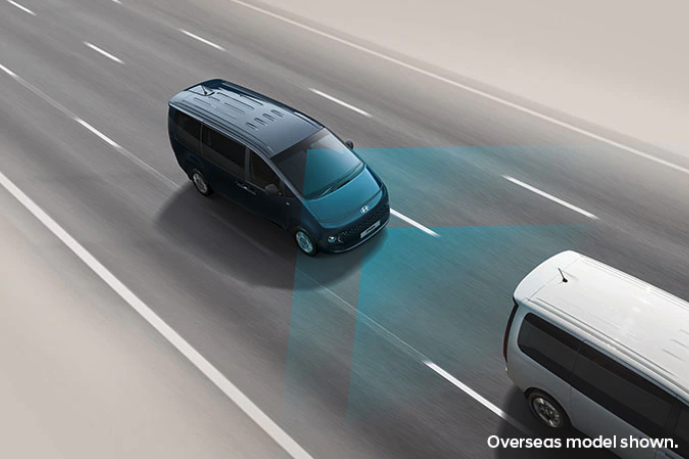
The Staria hasn’t yet been tested by ANCAP or Euro NCAP, but the related Santa Fe has a five-star rating.
In addition to seven airbags – front, front-side, front-centre plus curtain bags on the A- and B-pillars – the following active safety features are standard:
The Elite adds:
The range-topping Highlander features a Blind Spot View Monitor, which projects a live camera feed of what’s in your blind spot to the instrument cluster.
There are ISOFIX child seat anchors on the outboard second-row seats plus top-tether anchors, but there are no anchors in the third row.

Roomy – that’s the first word I’d use to describe it. When you step inside there is loads of space, but the thing that’s immediately obvious is the glasshouse.
Unlike a lot of SUVs and the Carnival that use sleek glasshouses to aid with design, the Staria goes the opposite way and offers a huge amount of glass that increases light into the cabin and creates the impression of more space.
There’s loads of piano black around the infotainment and gear selection fascia, but it’s presented in a premium way reflective of the price. Atop the dashboard you’ll find some nastier plastics that give you more van-like feels, but for the most part it feels worthy of the price tag.
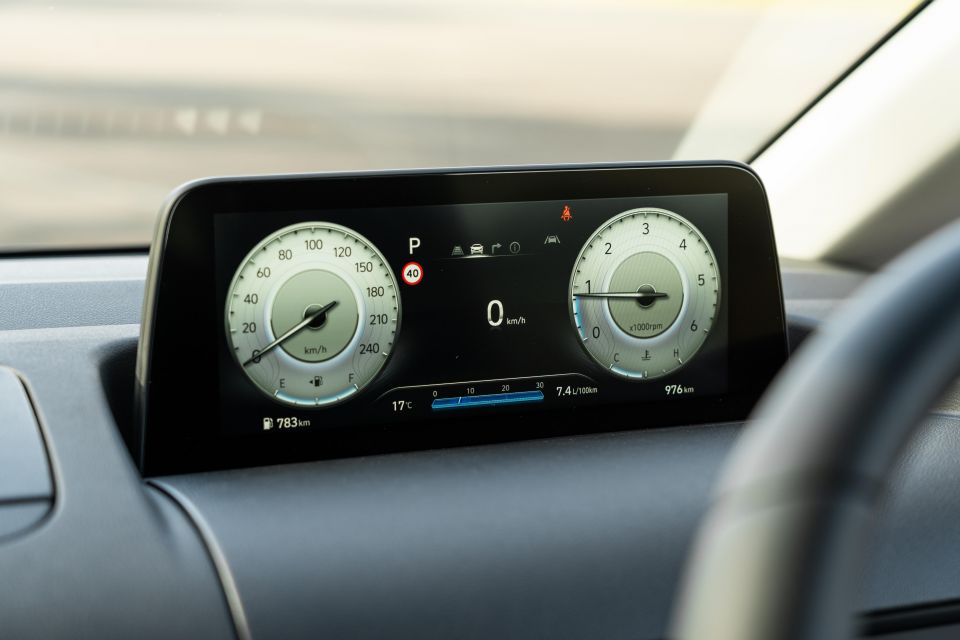
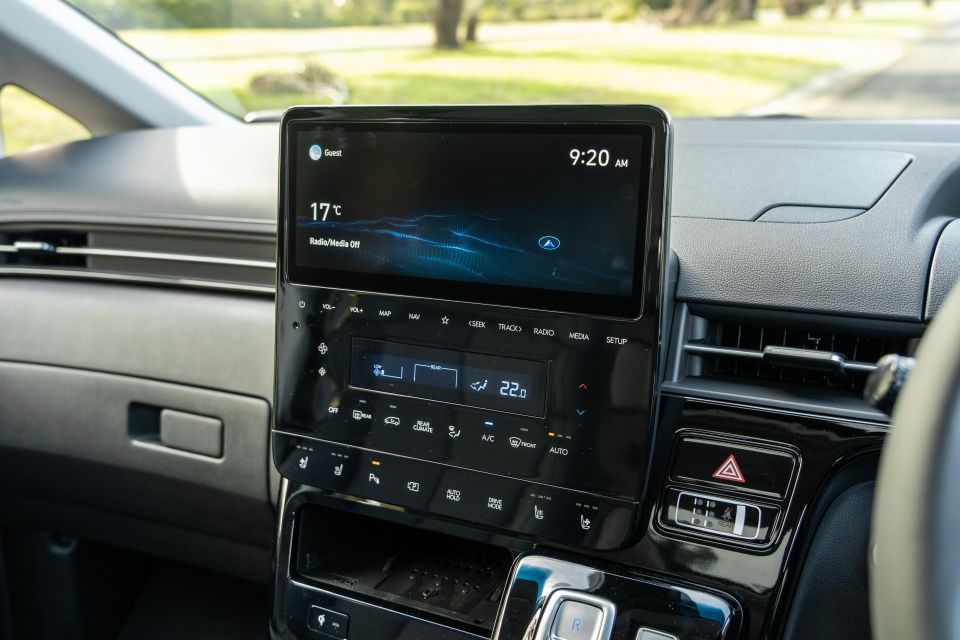
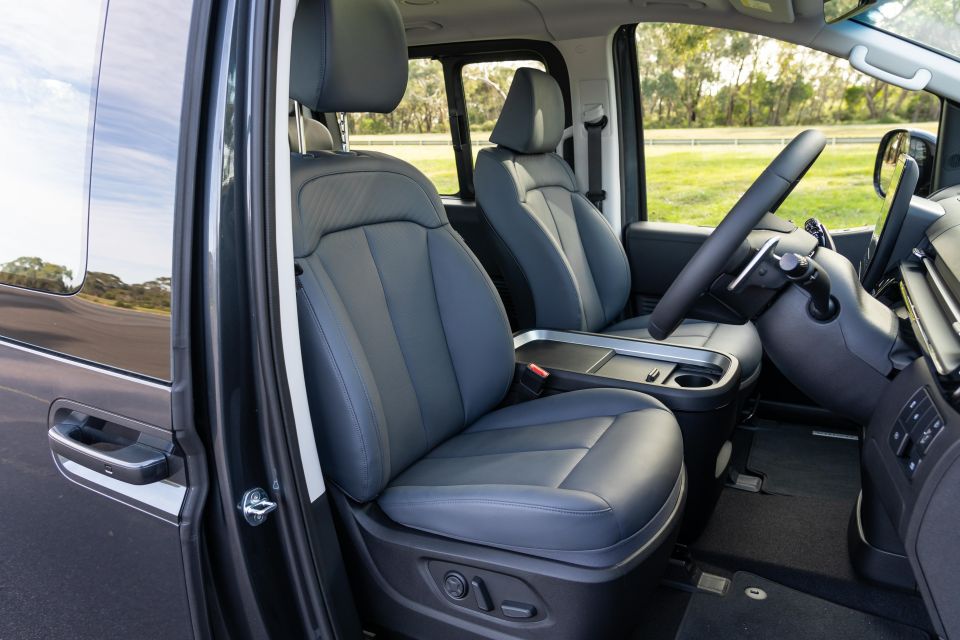
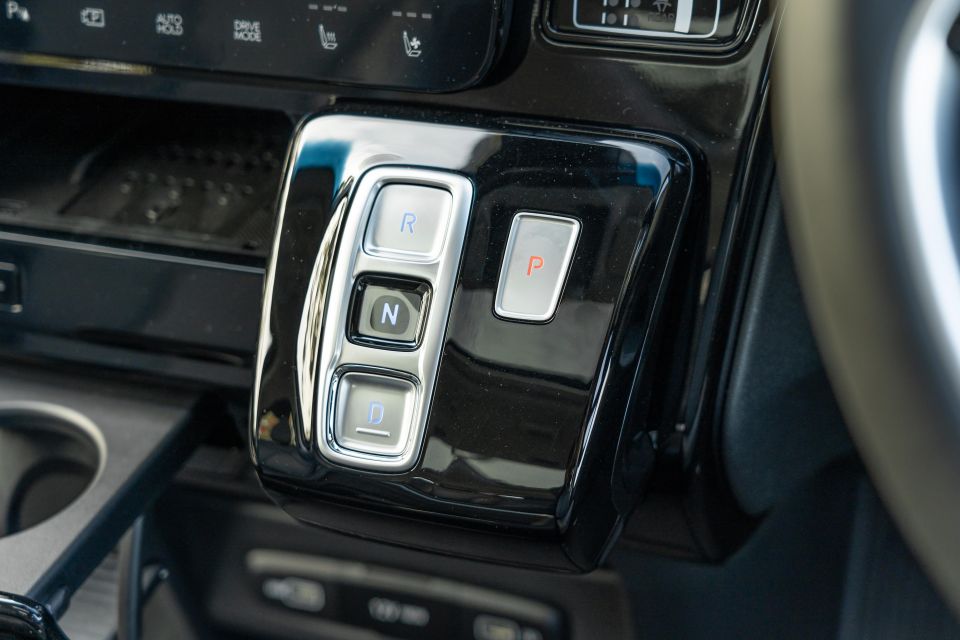
The 10.25-inch infotainment system is common to the wider Hyundai and Kia range, so it’ll be familiar to most. It features wired Apple CarPlay and Android Auto, along with AM/FM and DAB+ digital radio.
Disappointingly, if you don’t have a phone paired with Apple CarPlay or Android Auto, the voice recognition button doesn’t do anything. It requires smartphone mirroring to activate.
The six-speaker sound system is average at best. If you turn the volume up with your favourite tune the speakers begin to distort – it’s not overly pleasant. It pales in comparison to the 12-speaker Bose-branded sound system in the Carnival Platinum.
One cool feature we did like was the ‘passenger view’ camera. It uses a wide-angle camera above the second row to show a video feed on the infotainment screen, giving mum and dad a clear view of the precious cargo in the back.

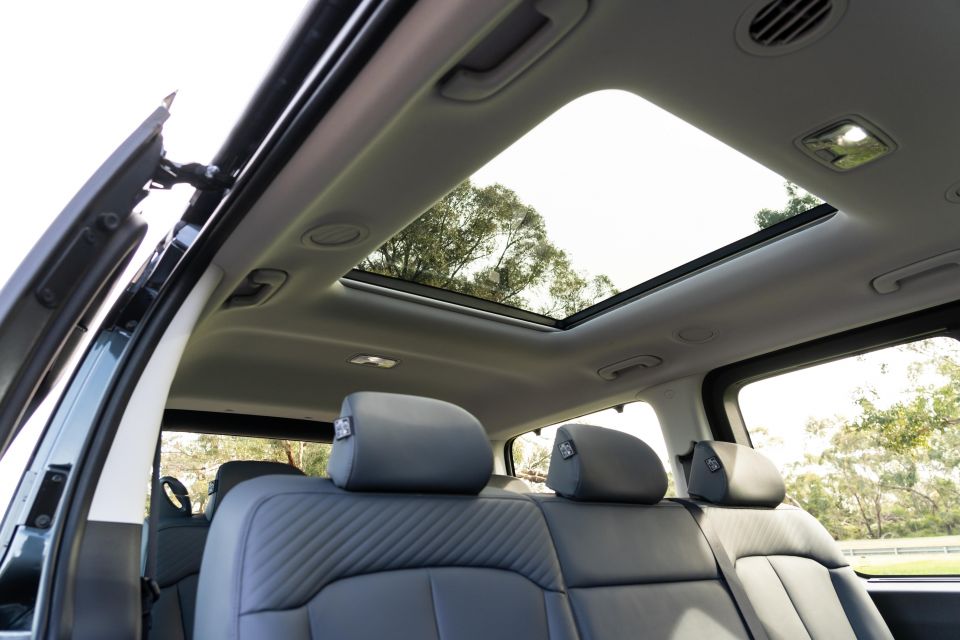
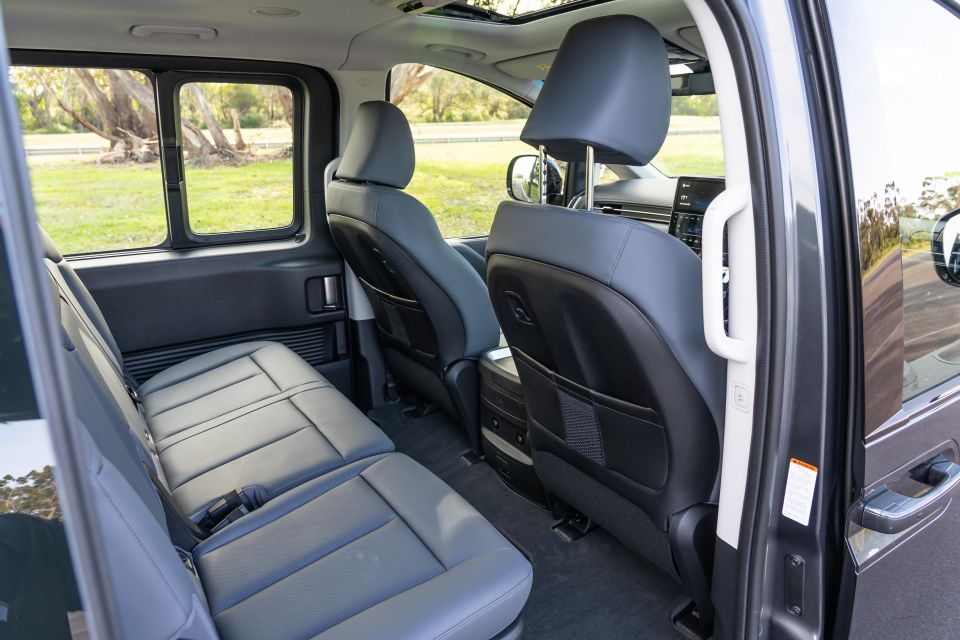
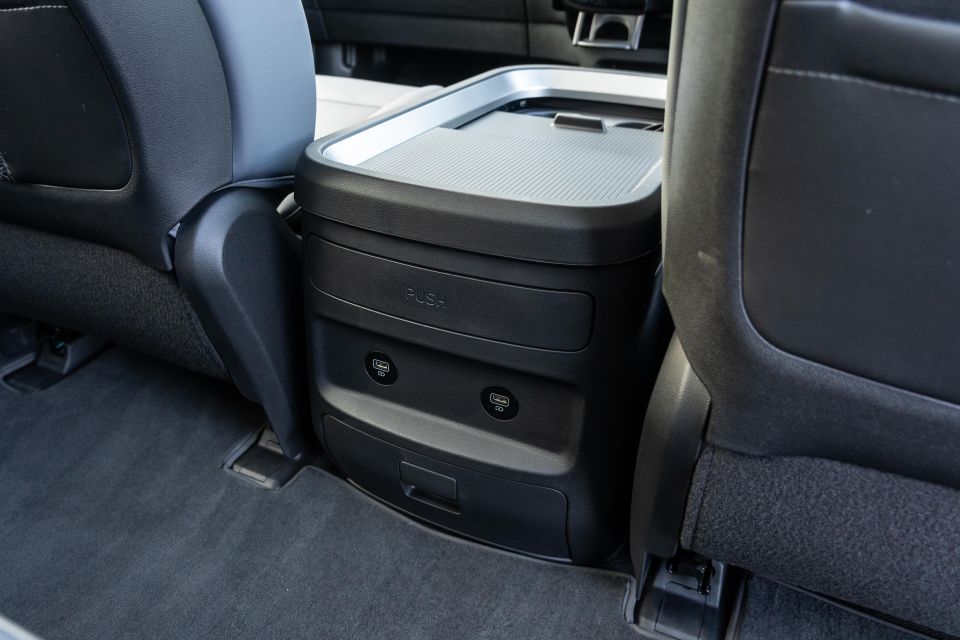
A lack of an armrest alongside the driver and front passenger seats and a low centre console means there’s nowhere to rest your left arm while driving.
With that said – there is a stack of physical storage in the Staria. There are storage bins in front of the speedometer, one in the centre of the dashboard, one on the passenger side, a large centre console and a litany of door stage.
Each row has two USB ports with a wireless phone charger for the first row. The second and third rows also have manually retractable blinds.
Given the size of the Staria (a little over 5.2m long) there’s plenty of leg and head room in the second and third rows. The second row slides forwards and backward to offer more space (likewise the third row).
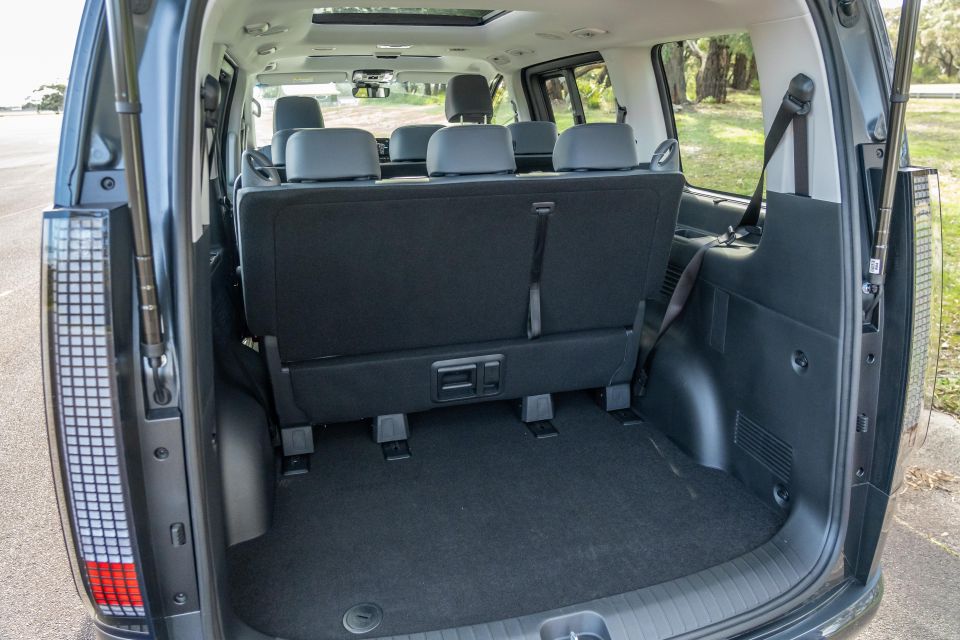
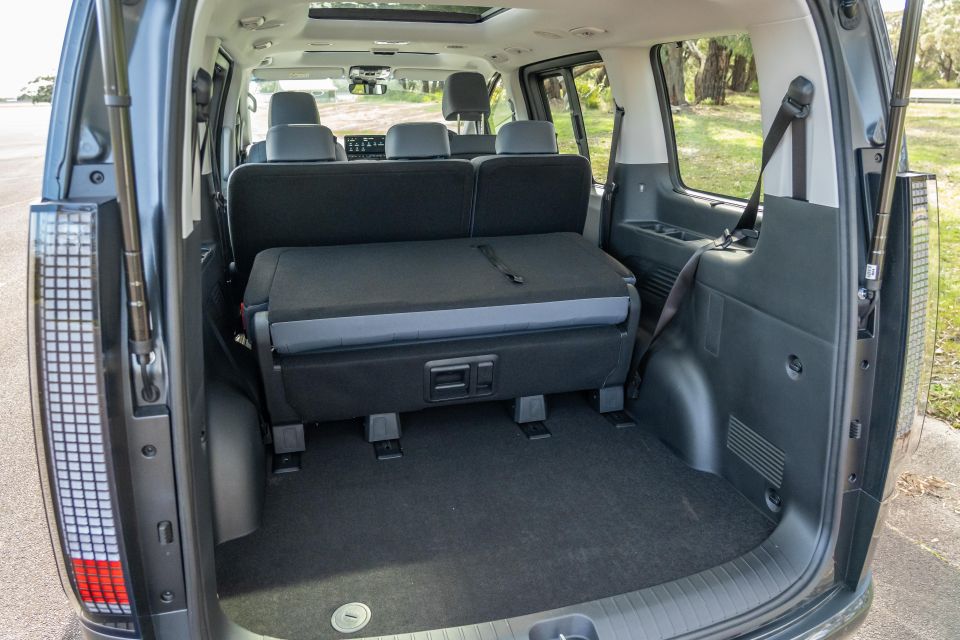
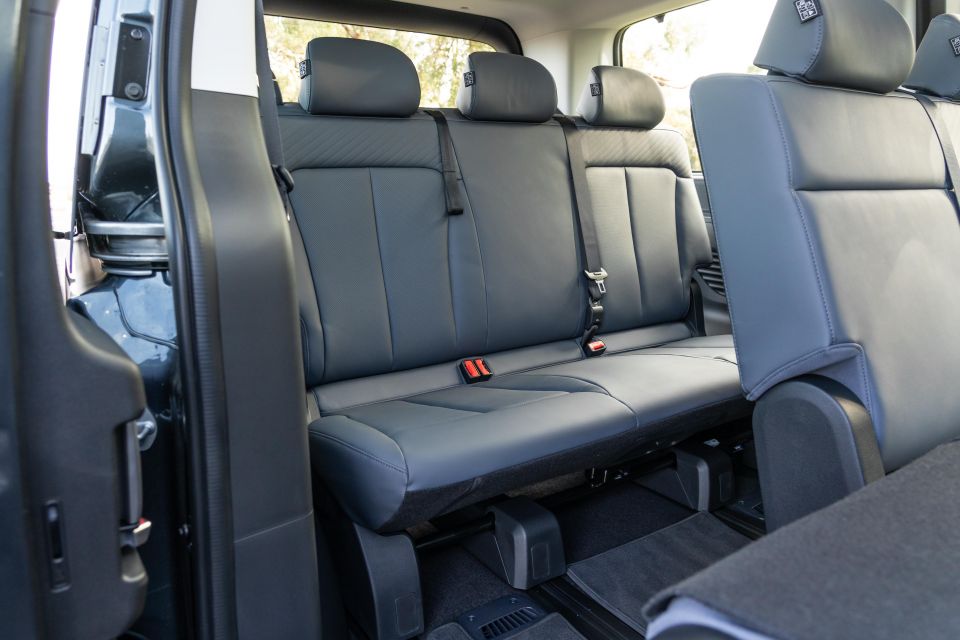
It’s not quite as versatile as the Carnival in terms of cargo storage though. The Carnival’s spare tyre is located beneath the passenger door, meaning there is a huge cavity in the boot that will swallow the third row.
With the Staria, there’s 831 litres of cargo space available that expands to 1303 litres. The reason it’s not a huge increase is because the seatbacks of the third row can fold flat, but the base and edge of the seatbacks still eats into the cargo space.
It means that it’s hard to load long items without resting them on the third row. In some markets, the Staria can be had with captain’s chairs and the brand is working on a camper layout that allows the second and third rows to be folded flat, but as it stands, it’s not overly versatile if the seats aren’t being used to seat passengers.
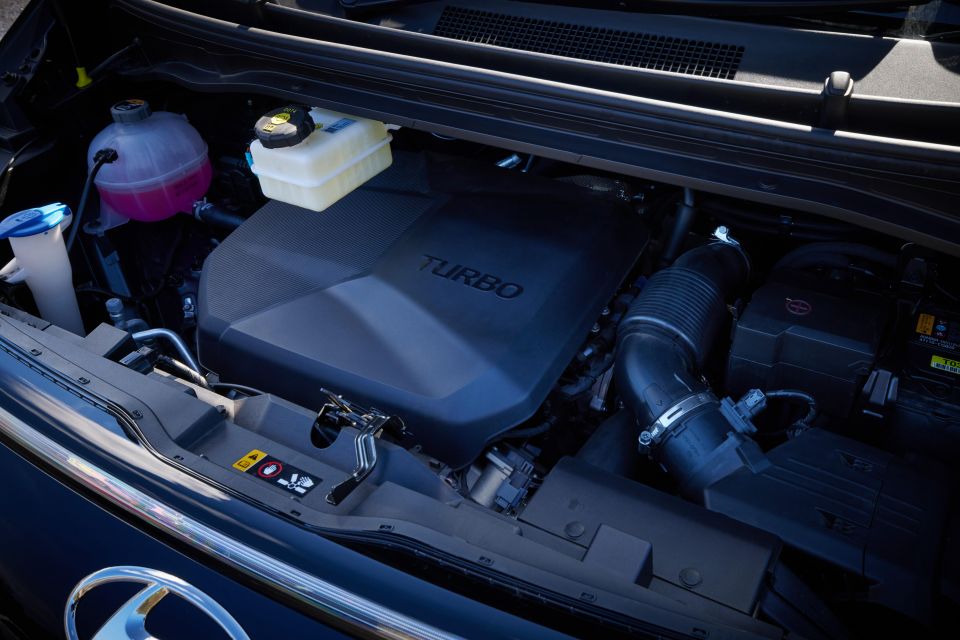
Powering this specification of Staria is a 2.2-litre four-cylinder turbo-diesel that produces 130kW of power and 430Nm of torque, mated to an eight-speed torque converter automatic transmission.
Unlike the petrol V6, which is strictly front-wheel drive, the diesel is mated to an on-demand all-wheel drive system.
It consumes a combined 8.2 litres of fuel per 100km on the combined cycle. Our testing saw a figure close to 8.5L/100km after extensive testing over city, highway and country conditions.
There’s an ability to lock the Staria into four-wheel drive mode as well. This is especially useful if you’re driving through snow or require constant traction at all four wheels instead to relying on the vehicle to send torque to the rear axle as required.
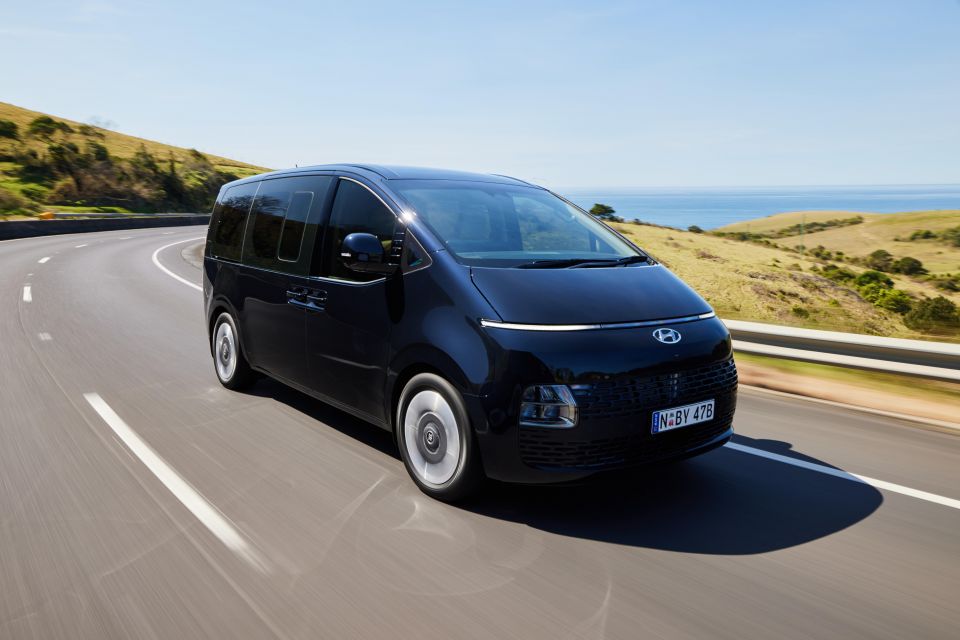
Despite a variation of this diesel engine being used in a number of Hyundai and Kia products, this setup is pretty noisy in comparison.
At idle the diesel is noticeable from both inside and outside the car. At low speeds it also permeates through the cabin and is the dominant noise during acceleration.
As the speed increases the noise dissipates, but if you do get stuck into the throttle again at any point it arks up once more, and as the engine noise dissipates, you start getting tyre noise in the cabin and it’s especially evident on coarse-chip country roads where it feels like it echoes off all the glass surfaces.
Outside of the noise, it’s suitably mated to its eight-speed automatic transmission. Gear shifts are smooth and it’s happy to lean on its torque band to get moving without diving back through gears.
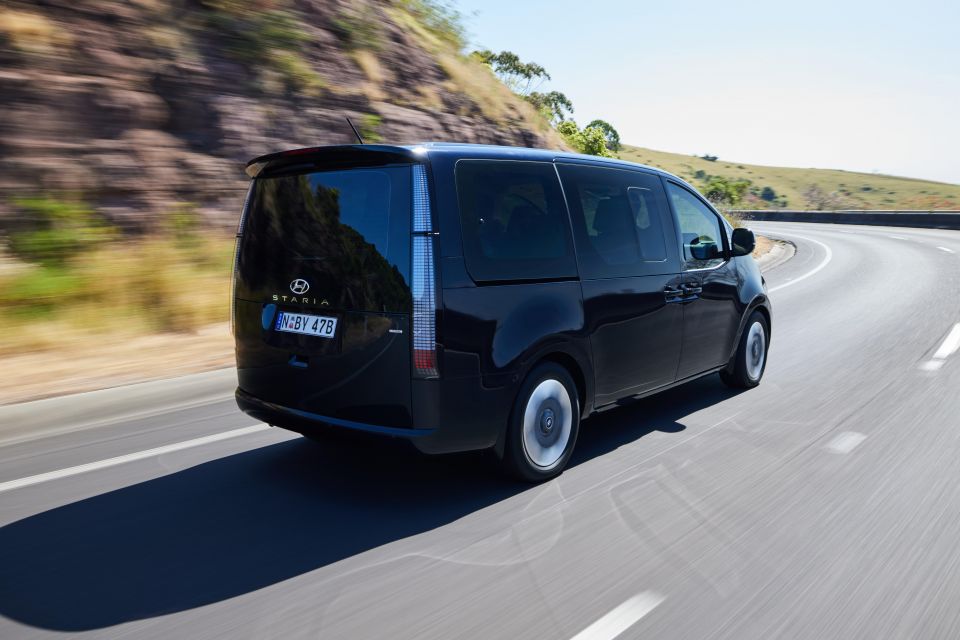
Weighing in at just under 2300kg (tare) the Staria can feel leisurely at times. We tested it without a full load of passengers, but as you start increasing the weight load on the vehicle it becomes noticeably slower.
By comparison, the Carnival offers more power and torque and also weighs around 200kg less, so it feels far sprightlier.
Hyundai’s strategy around local tuning has changed somewhat during the global pandemic and we’ve seen less reliance on local ride and handling tuning with some products.
The Staria didn’t benefit from a local suspension tune, but it doesn’t show behind the wheel. We had the chance to test Staria at higher speeds across a variety of road conditions at a local proving ground and it was extremely competent.

Nobody expects the Staria to set records up a hill climb, but it’s capable, which inspires confidence behind the wheel.
The ride is comfortable with excellent body control, while the all-wheel drive system offers predictability and added traction.
In and around the city the ride is cushy and comfortable, while speed humps, cobblestones and imperfections are handled with ease. Continuous undulations on country roads are also a non-issue thanks to the multi-link independent rear suspension that moves it away from its commercial past.
While you won’t be doing any rock hopping with a ground clearance of 186mm, there is a four-wheel drive lock mode than splits torque evenly between the front and rear axles. The rest of the time it acts as a quasi on-demand all-wheel drive system predominantly driving the front wheels.
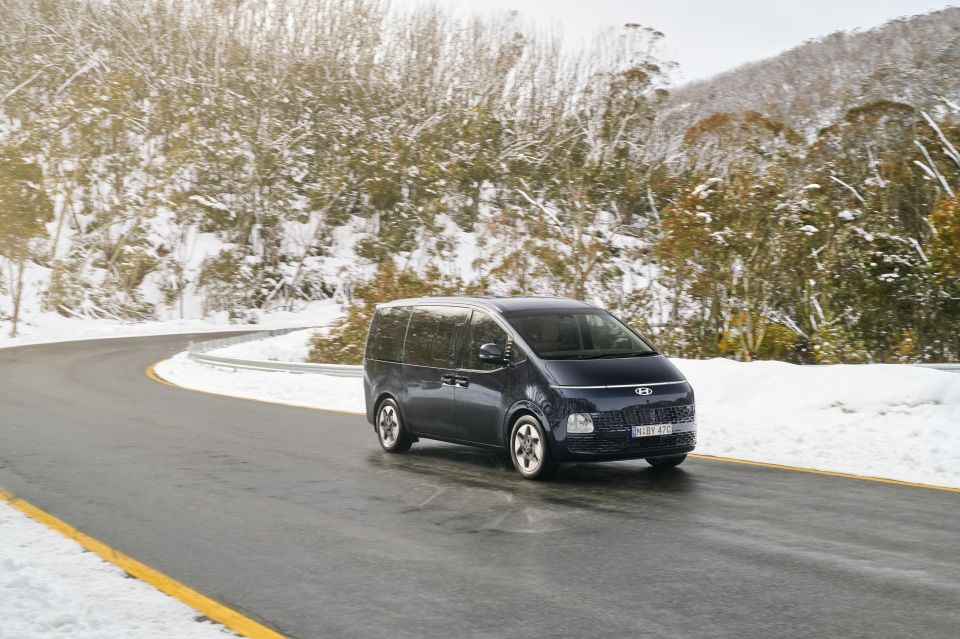
Steering and brake pedal feel is excellent and makes this feel much more like a people mover than it does a bus.
I ran into one issue that appears to be limited to my odd body type, but I can’t see the lower half of the screen ahead of the driver. It means I can’t see the digital speedometer, the trip computer, my speed below 60km/h or any of the detail on the lower part of the screen.
The top rim of the steering wheel sits squarely in the way of the screen and unless I lower the steering wheel into my lap to the point where I can’t properly turn it, I need to peek over every now and then to get an idea of how fast I’m going.
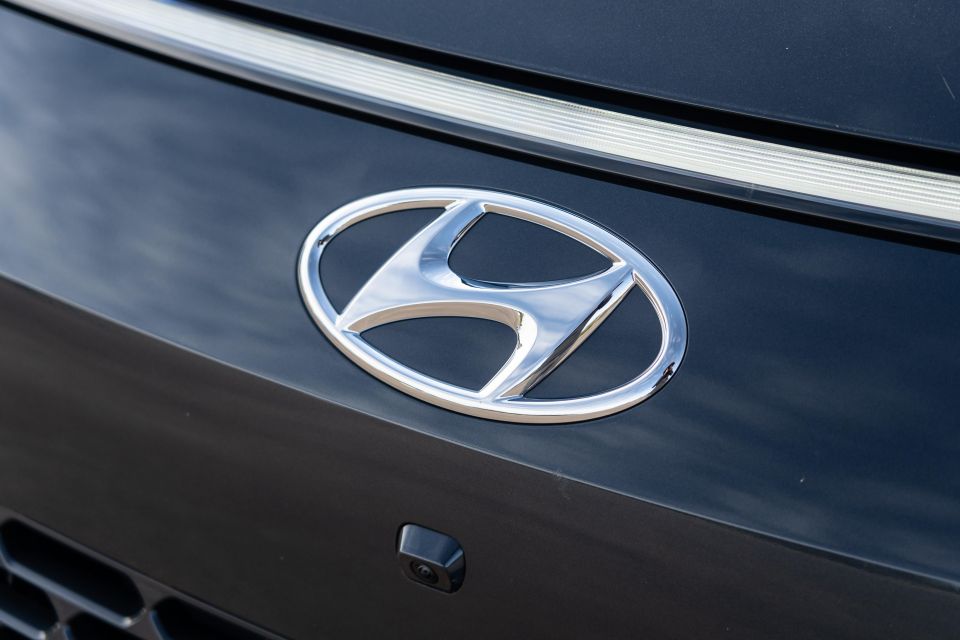
The Staria comes with a five-year unlimited kilometre warranty and service intervals occur every 15,000km or 12 monthly, whichever occurs first.
Over a five-year period services are capped at $360 per service interval.
It’s cheaper to maintain than the Kia Carnival, which averages out to $514.60 per service over a five year period.
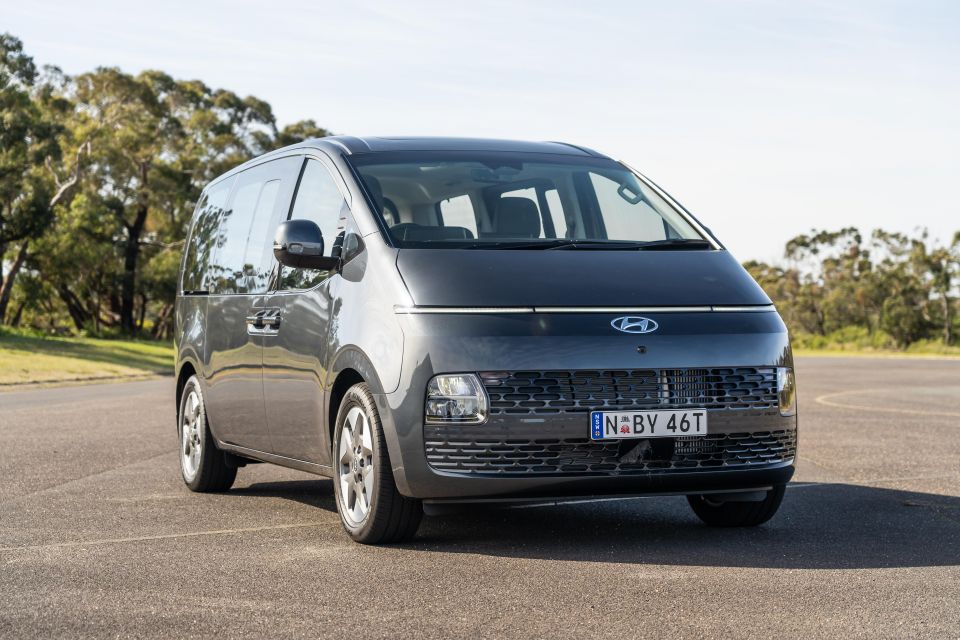
Where expert car reviews meet expert car buying – CarExpert gives you trusted advice, personalised service and real savings on your next new car.
There’s no denying the all-new Hyundai Staria looks unlike anything else on the road. Styling is entirely subjective – some people will love it, while others will hate it.
Styling to one side, the Staria does what it says on the box. It’s a big people mover with stacks of room inside and has all the latest bells and whistles. Most importantly, it’s also loaded with the safety technology you deserve in a vehicle that could be hauling your precious cargo.
But, it’s ultimately let down by a lack of cargo space and a pretty unrefined driving experience. The diesel engine is noisy and there’s a decent amount of tyre roar that penetrates the cabin as speeds increase.
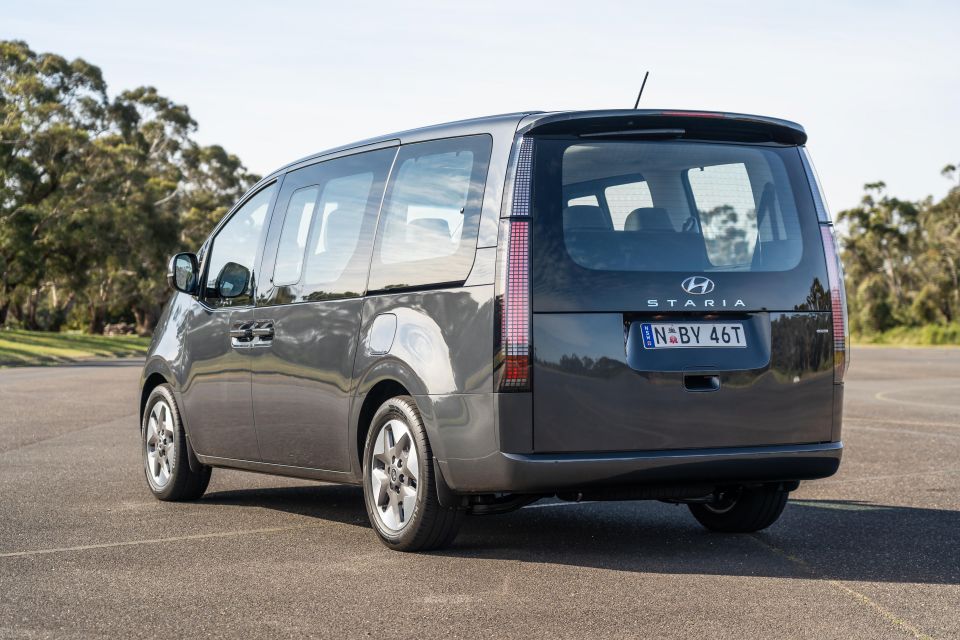
It’s not an issue if your passengers are busy talking amongst each other and the music is playing, but you will notice it if there isn’t other noise being generated inside the cabin.
You can overcome some of this by opting for the petrol V6 over the diesel, but the road noise will remain regardless of the engine you choose.
So the question is: would you buy a Staria over a Carnival if styling wasn’t an objective? No. The Carnival is ultimately the better purchase if you’re after a luxury family cruiser with practical cargo space.
If you’re not after practicality and ultimately want the biggest, newest and highest tech van on the market, the Staria is a good option. Just expect to compromise on cabin noise and practicality compared to some of its peers.
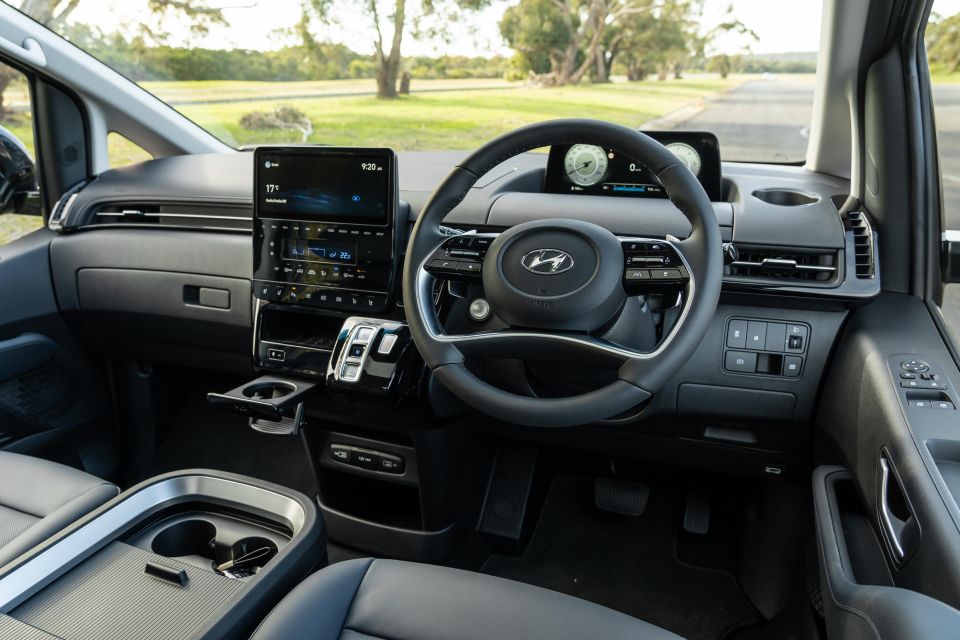
Click the images for the full gallery
Where expert car reviews meet expert car buying – CarExpert gives you trusted advice, personalised service and real savings on your next new car.
Paul Maric is a CarExpert co-founder and YouTube host, combining engineering expertise with two decades in automotive journalism.


Damion Smy
5 Days Ago
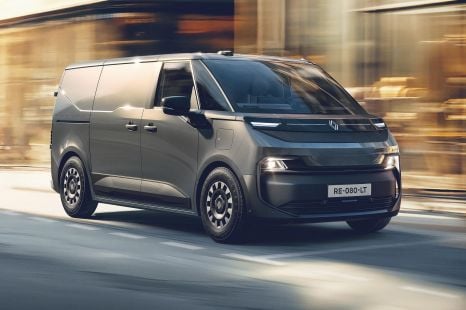

Derek Fung
1 Month Ago
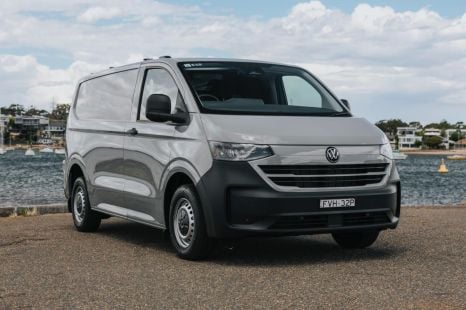

Ben Zachariah
1 Month Ago
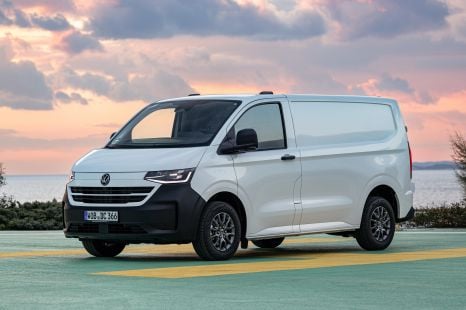

Ben Zachariah
1 Month Ago
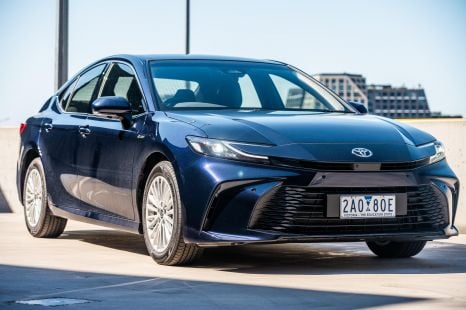

William Stopford
1 Month Ago
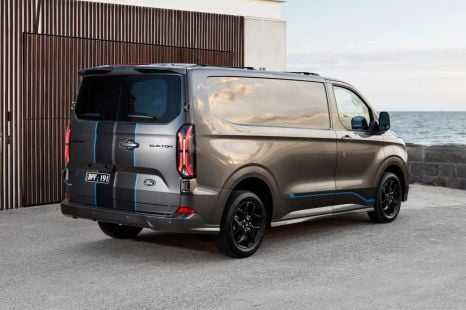

Ben Zachariah
2 Months Ago